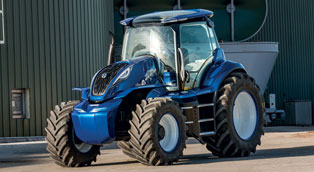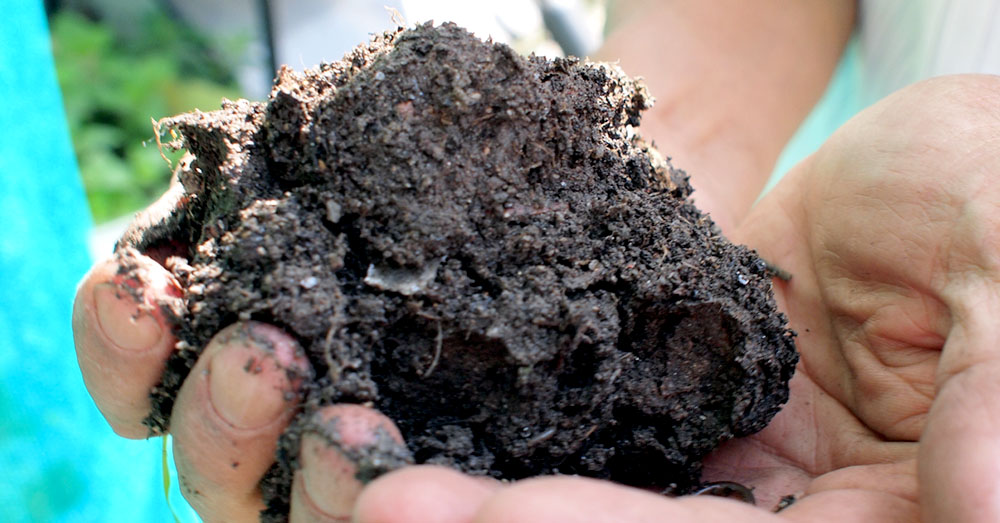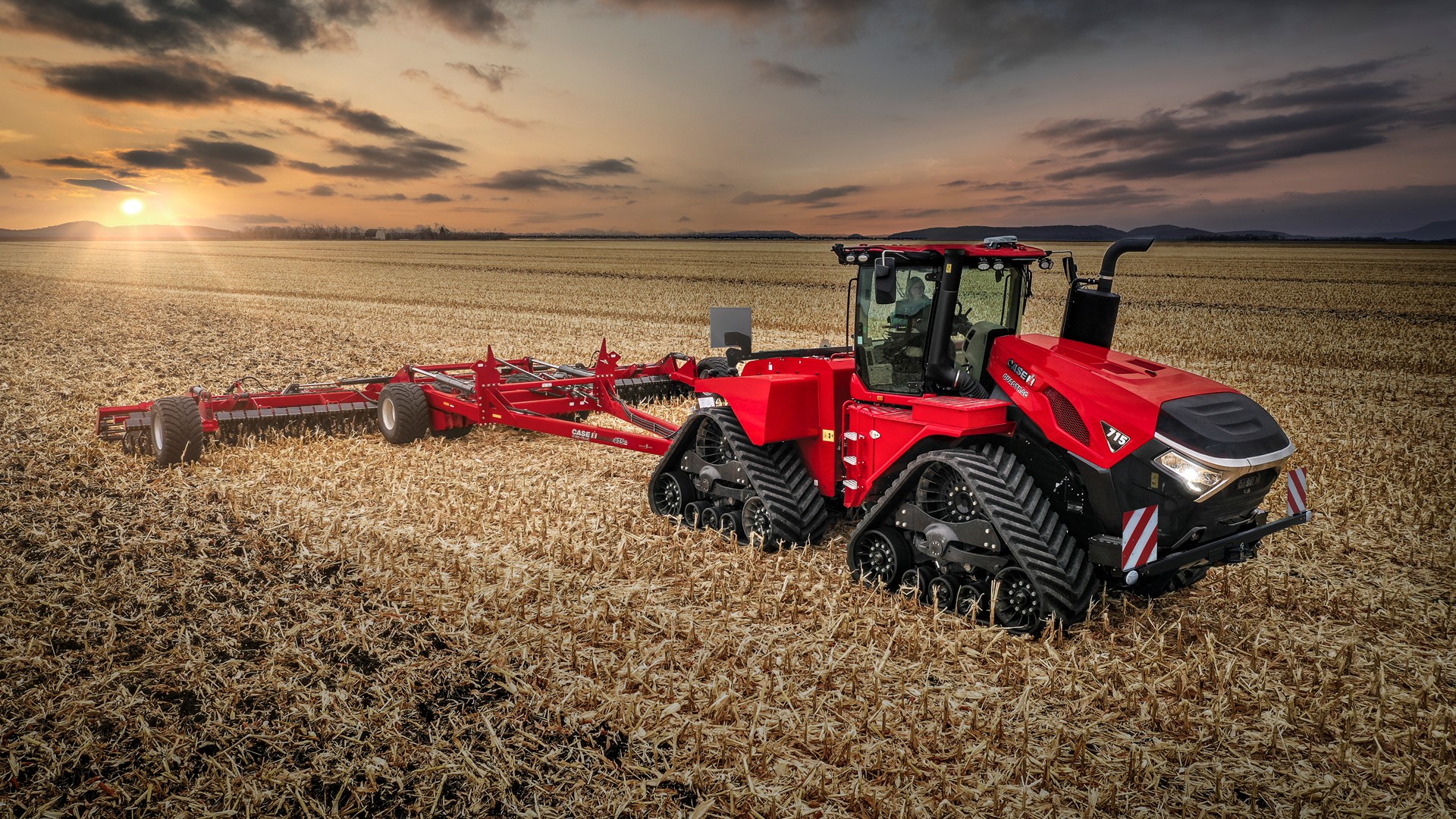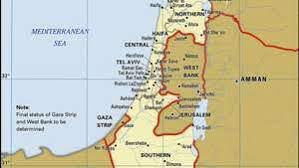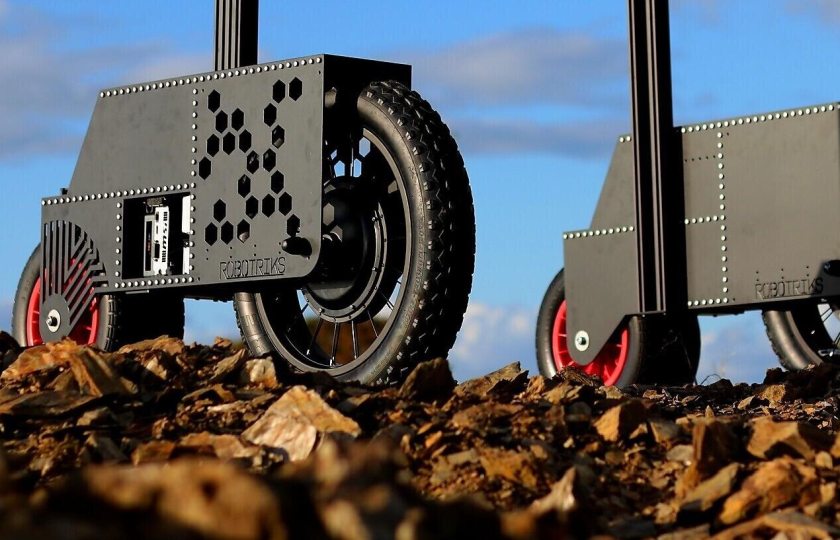In June 2019, the UK became the first major world economy to set a target for achieving net zero on greenhouse gas (GHG) emissions into law, with then Prime Minister Theresa May committing the UK to net zero emissions by 2050.
Biochar technology shows promise in mitigating climate change and improving soil quality.
- Hits: 1693
Biochar technology shows promise in mitigating climate change and improving soil quality, as well as reducing waste and producing energy as a byproduct. But what exactly is biochar and what is it made of?
The agricultural equipment market is undergoing a profound transformation, driven by technological advancements, changing agricultural practices, and the need for increased efficiency and sustainability. This blog explores the current trends and innovations in the agricultural equipment sector and examines how they are shaping the future of farming.
In an era where technology permeates every aspect of our lives, it's no surprise that it has also made significant strides in transforming traditional agriculture into a smarter, more efficient industry.
Limited resources and little foreign trade have fostered innovation in Israeli agriculture. Today, Israel’s agtech sector is second only to the US.
Near the Dutch village IJsselmuiden stands the world’s first robot sorting and packing line in cucumber cultivation. Last year, the Vahl brothers introduced this innovative robot line to improve the speed and quality of the sorting process and optimize personnel deployment.
It is a dynamic spectacle to see the sorting and packing line in full action in Vahl’s processing area. It starts with manually feeding the cucumbers, according to Dutch magazine In Greenhouses. The cucumbers slide over conveyor belts towards the weighing line. After determining the weight, the machine takes 3-dimensional photos of each fruit from above using vision technology. At that moment, the shape, thickness, length, and weight are recorded. This information is forwarded by the software to one of the seven robots hanging in a row above the conveyor belt. The gripper arms of these robots swiftly pick up each cucumber with their suction cups and stack them in crates next to the conveyor belt. The operator can set the desired crate and sorting via the machine’s dashboard.
Text continues below picture

“With this system, we can easily switch between crates, which is beneficial as we serve many different customers. In the morning, we often use six or seven types of packaging,” says Kees Vahl. He knows it is efficient to process three sorts simultaneously. “If you set only one at a time, the robots stand idle too often.” The speed at which the robot arms move is astonishing. Picking and packing one fruit takes a maximum of one second. The sorting line can process twenty thousand cucumbers per hour and 140,000 per day when running at full capacity.
 What is Holding Back Agricultural Robotics
What is Holding Back Agricultural Robotics
Text continues below picture

Labor savings
The choice for automation in greenhouse horticulture is largely about labor savings. As Vahl indicated: labor is becoming increasingly expensive, but reducing monotonous work is also a motivation for him. “This is the future. I prefer to deploy my people elsewhere rather than for packing. When the line runs optimally, we only need six people: two for feeding, two for manual packing, someone to prepare crates and boxes, and a process operator. Previously, fifteen people were sorting and packing.”

Newsletter Subscribe
AGRI NEWS NET "LIVE" FEED
- CRA Media independence is the absence of external control and influence of any other media. Our capacity is to "make decisions and act according to its logic," and distinguishes us from the vast majority of media- Committed, focused and always on time- Good positive News you can trust- We not part of the negative sensational news media of the 2025 century.
- This is AGRI NEWS NET- the world of Farming and Agriculture in your hand. "Good" News you can Trust- Updated 7 days a week- bringing you the latest News in Farming and Agriculture from all over the world. Tomorrow at 6 AM South African time you can start browsing again.
- First things first, scotch is actually a whiskey, er, whisky. Whiskey is the spelling in the United States and Ireland. Whisky is the spelling in Canada, Japan, and Scotland. What sets Scotch whisky apart from other whiskies is that Scotch whisky is entirely produced and bottled in Scotland. There is no wrong way to drink Jameson Irish Whiskey but, we do ask you to drink responsibly.
- We have Over 1000 professional Audio cast recordings- Its very popular- Click on the link and follow us. Our Audiocast include a weekly AGRI RUSH- Headline s of the week.
Popular News Tags
AGRI NEWS NET AUDIO CAST Feeding-
- What Needs to Change in Farming and Agriculture in 2025
- AGRI NEWS RUSH - News Headlines of the Week 18/01/2025
- Farmer safety in South Africa in 2025
- The Economics of Farming and Agriculture in South Africa 2025
- The global wine market 2025
- AGRI NEWS RUSH - News Headlines of the Week 11/01/2024
- Artificial Intelligence: All That Glitters Is Not Gold
- GLOBAL WATER OUTLOOK TO 2025 Averting an Impending Crisis











